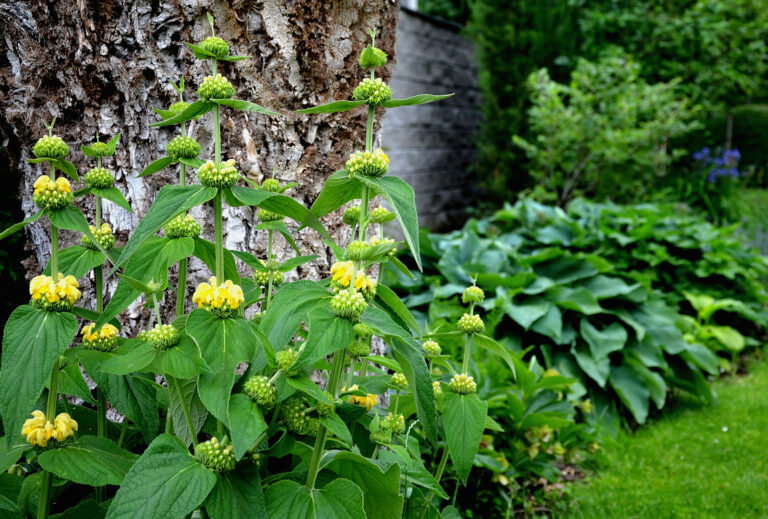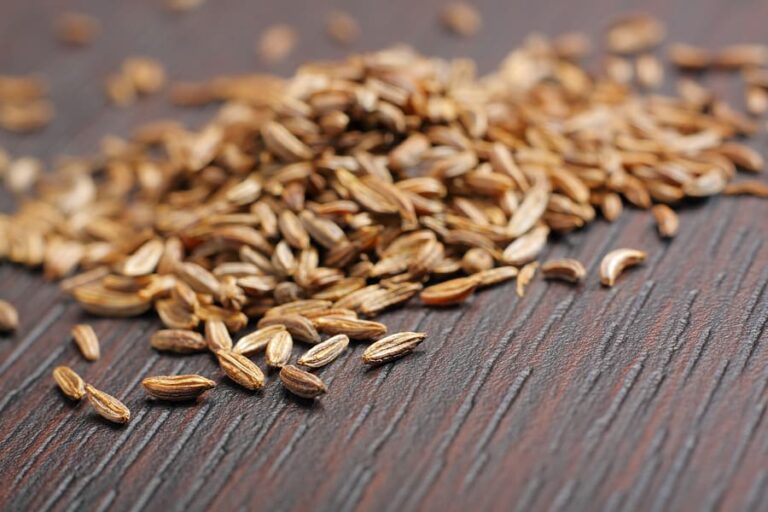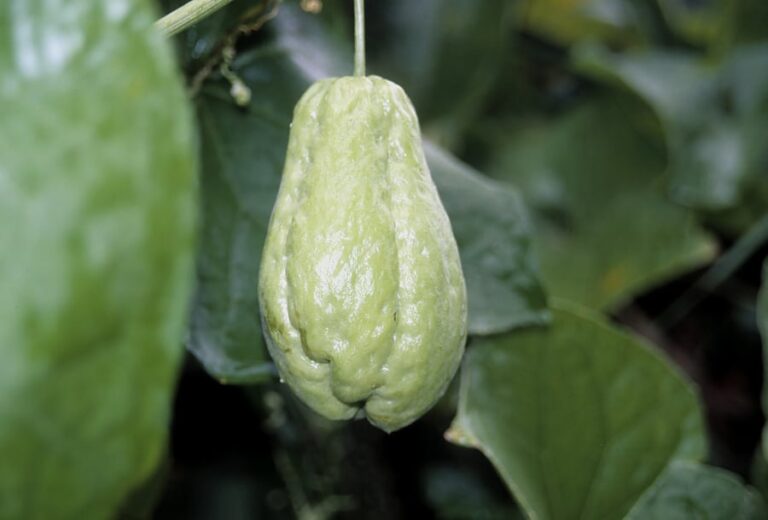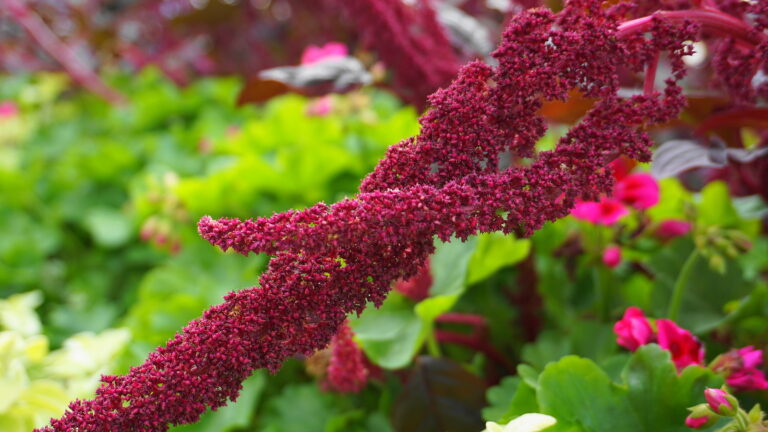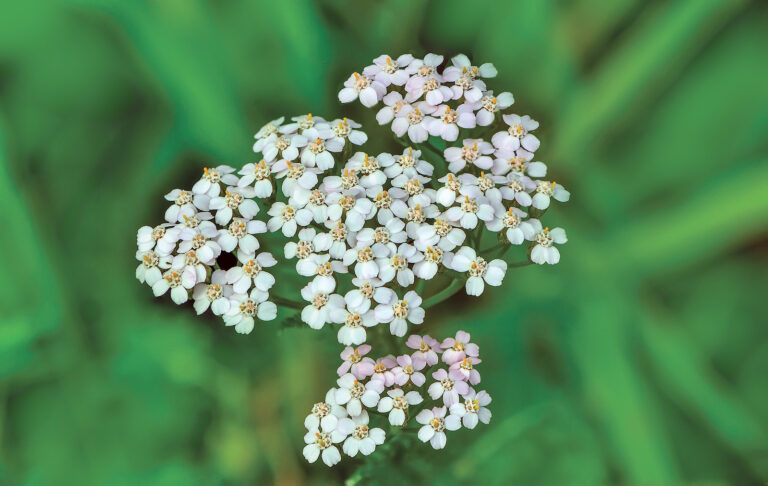How to Grow for Cockscomb — Celosia
Celosia–commonly called cockscomb–is a brilliant-colored, plumy perennial usually grown as an annual. Celosia flowers are fiery shades of red, pink, orange, or yellow.
Use Celosia as an edging along walkways or mass them for a blaze of color in beds and borders.
Celosia flowers can be silkily plumed or rippled (crested). The rippled flowers give Celosia its common name cockscomb.
Celosia can be used for bedding, in containers, and as cut flowers either fresh or dried. Plants are easy to care for and heat-loving.
Celosia is a genus of 50 to 60 species of annuals and perennials native to tropical Asia, Africa, and North, Central, and South America.
Flower Garden Success Products at Amazon:
- Wildflower Seed Mix Attracts Hummingbirds and Butterflies
- Eden Brothers All Perennial Seed Mix
- 10 pcs Stainless Steel Garden Hand Tool Set
- Gorilla Cart 4 Cu. Ft, 300-pound Capacity
- Neem Bliss 100-% Cold Pressed Neem Oil
- Safer Brand Insect Killing Soap
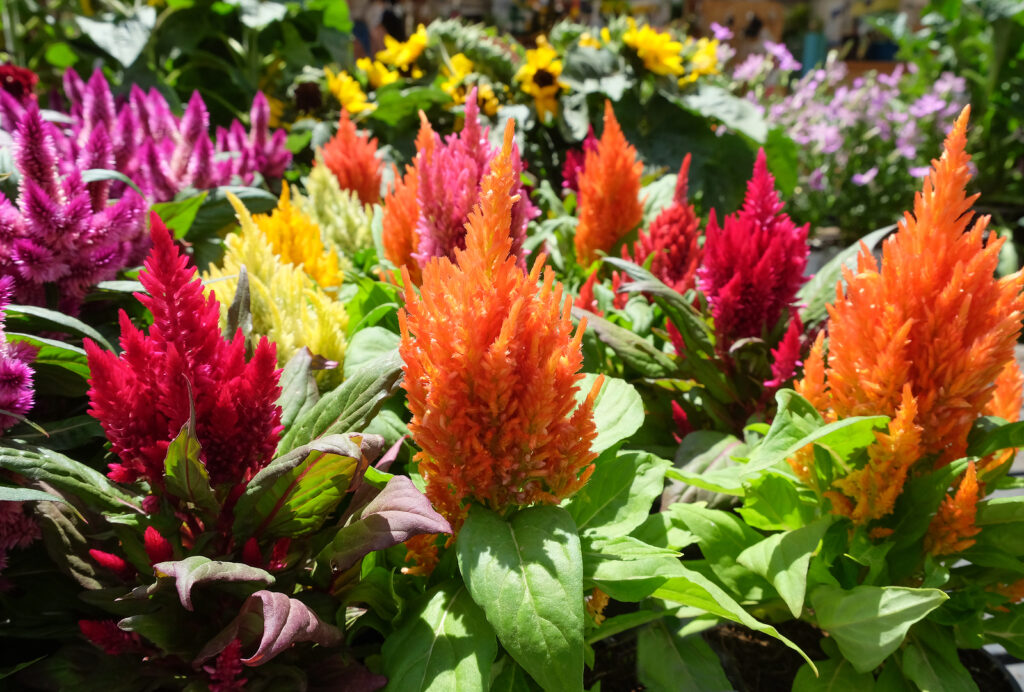
Get to know Celosia
- Plant type: Tender perennials are grown as tender annuals
- Growing Zones and range: Zones 4 to 11, summer plant
- Hardiness: Warm weather only, tolerates heat; killed by frost
- Height and width: 12 to 24 inches (30-60cm) tall, 12 inches (30cm) wide
- Foliage: Small bedding plants with light green, oval to narrow pointed leaves and sturdy stems topped with colorful plumes of bloom
- Flowers: Feathery spikes of flowers are orange, peach, gold, red, magenta, and maroon
- Bloom time: Summer until frost
- Uses: Excellent for cutting and drying; plant in combination with ornamental grasses; plant in containers
- Common name: Cockscomb, plumed celosia
- Botanical name: Celosia spp.
- Family: Amaranthaceae
- Origin: Tropical Asia, Africa, and Central and South America
Where to plant Celosia
- Plant Celosia in full sun.
- Grow Celosia in humus-rich to average, well-drained soil.
- Celosia prefers a soil pH of 6 to 7.
Celosia uses
- Celosia thrives in the heat of the summer garden.
- Mass Celosia in beds and borders. Celosia is a colorful bedding plant.
- Plant Celosia near other brightly colored annuals.
- Dwarf cultivars can be used in window boxes and containers.
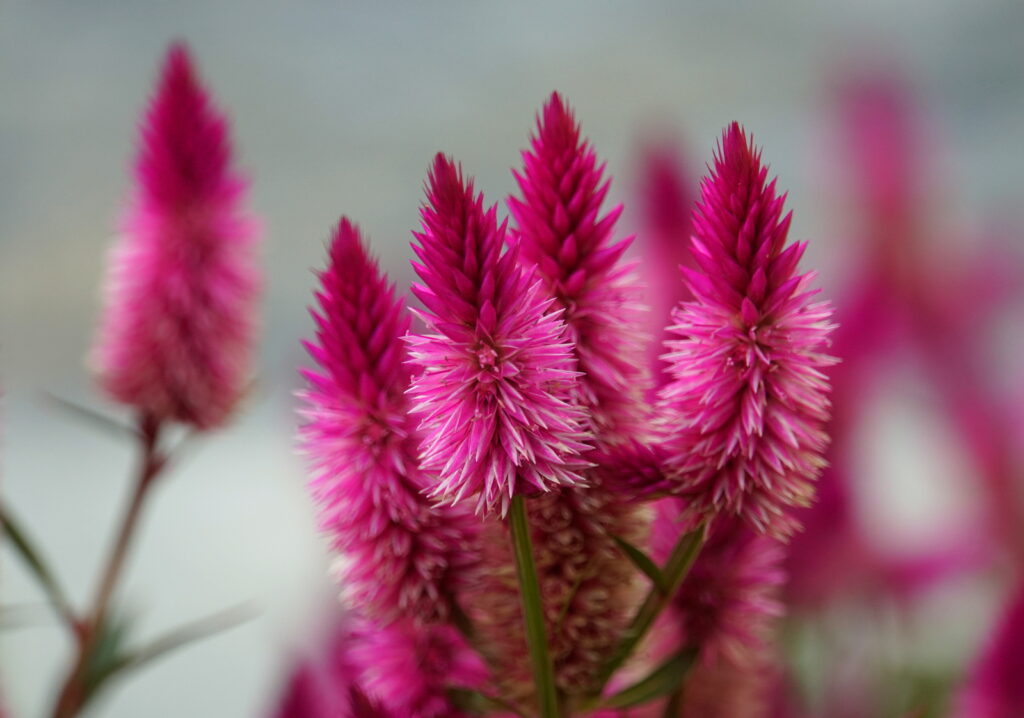
When to plant Celosia
- Set Celosia in the garden in late spring or early summer—well after the last frost when the soil is warm.
- Start seed indoors 6 weeks before the last frost.
- Sow seed outdoors after all danger of frost has passed.
- Set plants outdoors after hardening off; plant them in their permanent place when the weather is consistently warm, usually 1 or 2 weeks after the last frost in spring.
Planting and spacing Celosia
- Set Celosia 12 inches (30cm) or more inches apart.
- For best results, sow seed directly in the garden. Sow seed 1/8 inch deep.
- Seed can be started indoors in six-packs or flats; start seed in a sterile seed starting mix. Cover seed with 1/8 inch of starting mix. Grow seedlings in bright light or under fluorescent lights.
- Seeds germinate in 7 days at 70°F (21°C).
- Thin or transplant seedlings to the garden when they are 3 to 4 inches (7.6-10cm) tall.
- Set plants in the garden one or two weeks after the last frost when the weather is settled and warm.
How to water and feed Celosia
- Keep the soil evenly moist, and not wet when growing cockscomb.
- Fertilize Celosia regularly, every 4 weeks, or work in a 9-month slow-release fertilizer at planting time.
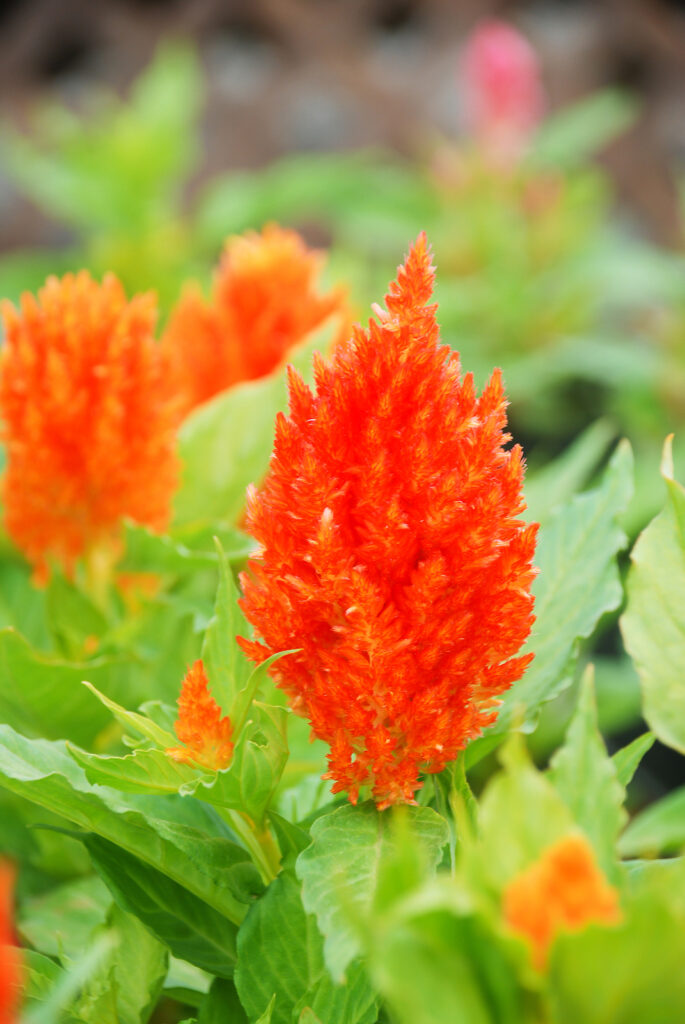
Celosia care
- Mulch around Celosia with aged compost to conserve soil moisture.
- Pinch back plants if you want a fuller, branched plant. Crested types should not be pinched back. Pinching back will result in fewer flower plumes.
- Trim fading blooms to encourage further flowering.
- Celosia can be dried for winter bouquets by hanging cut stems upside down in bunches in a well-ventilated place indoors. Harvest stems for drying as they begin to bloom.
Celosia pests and diseases
- Celosia is generally trouble-free but can be attacked by spider mites. Root rot can be a problem in wet soil.
Good Products for Seed Starting Success at Amazon:
- Jump Start Germination Station w/Heat Mat Tray, 72-Cell Pack, Dome
- Espoma Seed Starting Mix
- 200 Count- Jiffy 7 Peat Soil Seed Starting Plugs
- Seed Starter Kit with Humidity Dome (120 Cells Total Tray)
- AgrobriteT5 Fluorescent, 2-Foot, Grow Light System
Celosia propagation
- Seeds germinate in 8 to 10 days at 80°F (27°C) and 14 days at 70°F (21°C).
- Start seeds indoors about 4 weeks before the last frost date.
- Sow directly in the garden after all danger of frost has passed.
Celosia varieties to grow
- Celosia comes in varied sizes and forms. Some types have crested, feathery flowers some have flower plumes.
- Celosia argentea var. cristata looks like a rooster’s comb. Cultivar Jewel Box Mixture grows to 5 inches tall; compact habit for bedding and containers. ‘Toreador’ and ‘Fireglow’ have intense red flower heads and grow to 20 inches tall.
- C. a. plumosa has vertical, feathery flowers. Cultivar Kimono has a broad range of colors and grows 5 to 6 inches tall. ‘Century Red’ with bronze foliage is an All-America selection.
- C. spicata has wheat-like flowers; flower spikes are dense to 2-foot stems.
- Cristata Nana Mixed has crested flowers to 12 inches tall.
- ‘Red Velvet’ has crested, purplish-red flowers.
Celosia frequently asked questions
Q: What is the difference between the two types of celosia?
A: The plumed type (Celosia plumosa) has long, feathery flower stalks. the crested or cockscomb type (C. argenta) has round flower heads that are ridged and resemble the comb of a rooster. Both are outstanding in color and shape.
Q: I planted celosia from the garden center in spring and it quickly died. What did I do wrong?
A: Set celosia transplants in the garden a couple of weeks after all danger of frost has passed. If planted too early, celosia will flower prematurely, set seed, and die. Plant celosia before they are in bloom.
Q: When can I start celosia from seed?
A: Start celosia from seed indoors 6 to 8 weeks before the last frost. Set transplants in the garden after all danger of frost has passed.
Q: What conditions does celosia prefer?
A: Celosia likes full sun, humus-rich soil that is well drained, and little fertilizer. It is very tolerant of heat and drought.
Q: What varieties of celosia do you recommend?
A: Among the plumed type are the tall Apricot Brandy and Century series or the dwarf Geisha and Kewpie series. Forest Fird has red flowers and maroon foliage. Jewel Box is the shortest of the combed types. Fireglos, Red Velvet, Tango, and Toreador grow are combed types that grow 18 to 24 inches tall.
Related Articles:


